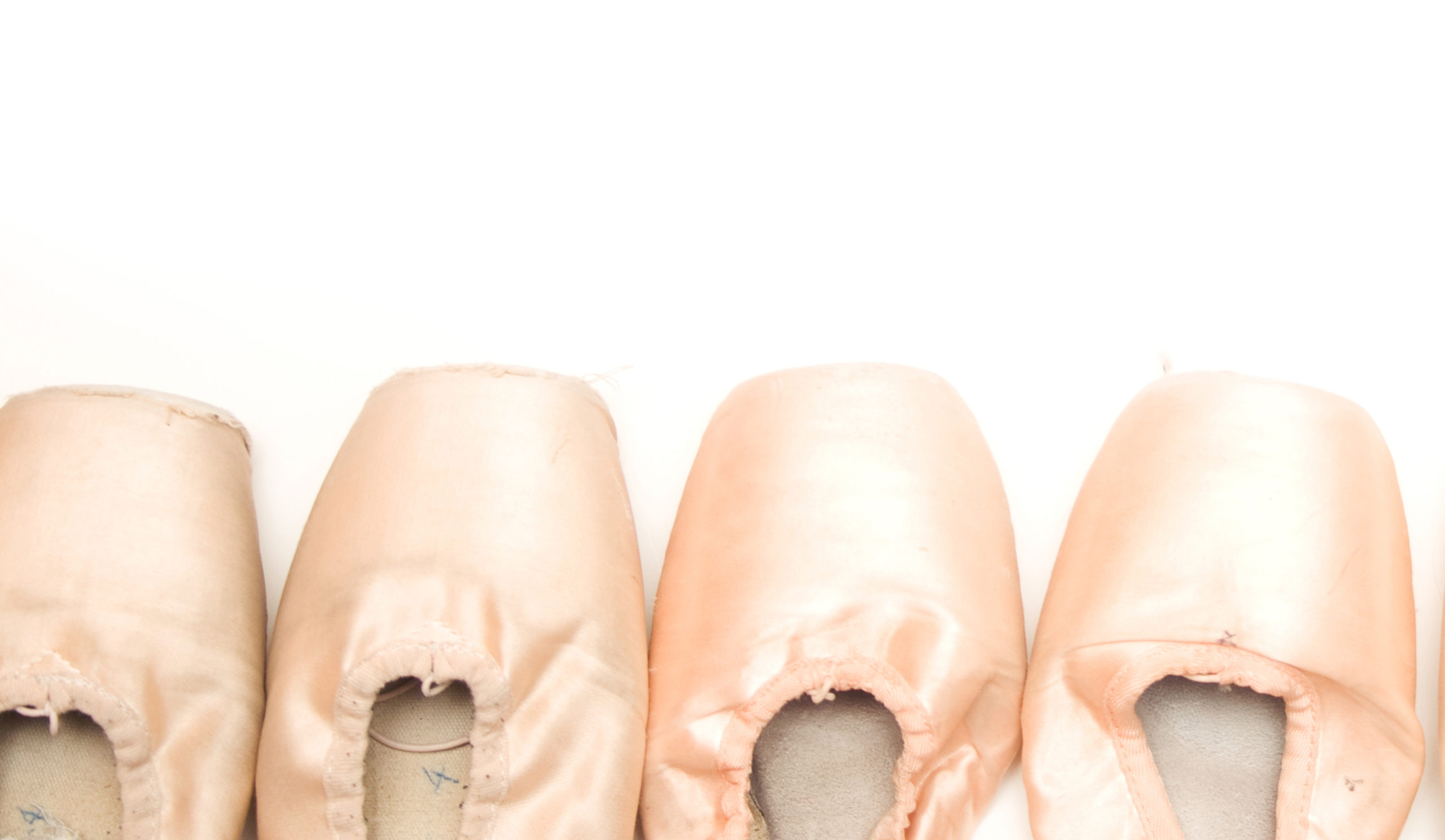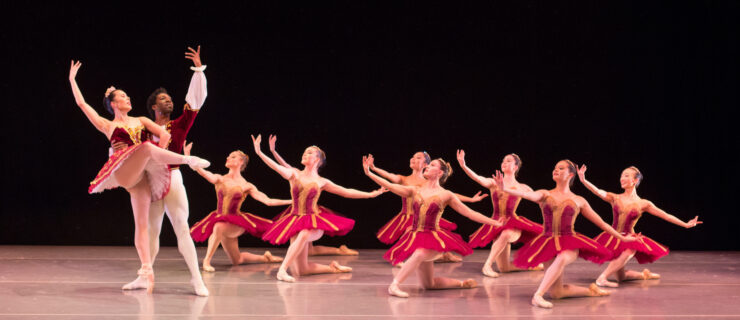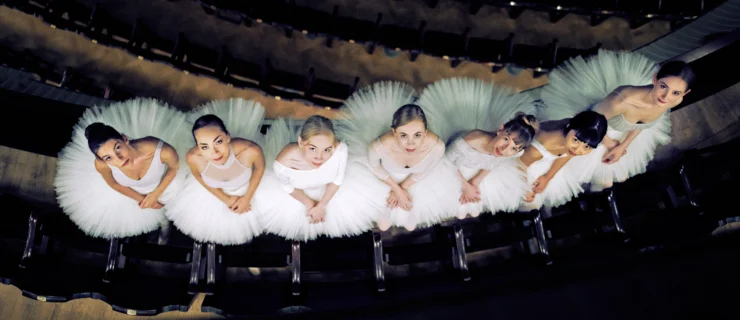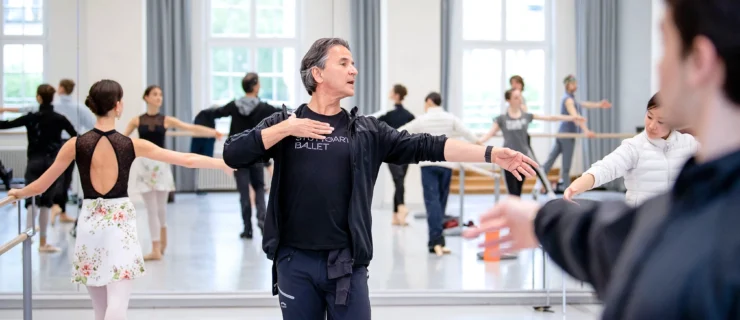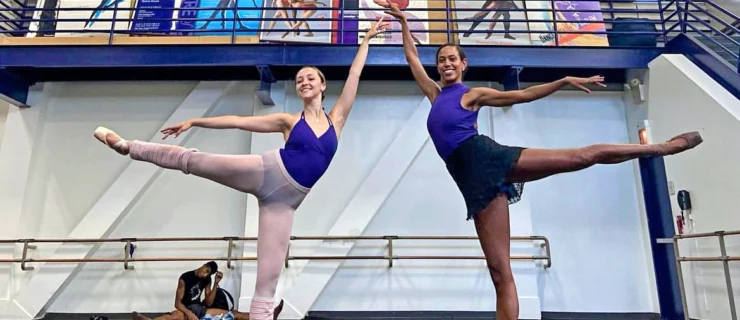Happy 4th of July!
What better way to celebrate the 4th of July weekend than by revisiting classic ballets that have acted as pillars of American dance? The wider dance world beautifully represents the diversity and complexity of what it means to be American. Unfortunately, ballet’s contributions to national identity have historically been pretty narrow, reflecting youth and energy, and not much else.
Contemporary ballets have recently borrowed from classic works of literature and theater, using writing by Earnest Hemmingway, F. Scott Fitzgerald, Tenessee Williams and Mark Twain to explore more psychologically complex portraits of what it means to be American. Whether or not they have been critical successes, these ballets have proven to be audience favorites, indicating that ballet audiences are ready to see work that includes not just the the sheer exuberance of George Balanchine’s Stars and Stripes, but also the melancholy of Septime Webre’s The Great Gatsby. Why not, since we have such a rich tradtion of American choreographers to emulate and learn from?
Agnes de Mille’s 1942 ballet Rodeo and George Balanchine’s 1954 ballet Western Symphony celebrate the myth of the wild west.
https://youtube.com/watch?v=8uF40lyAVCY
The “Rubies” section from George Balanchine’s 1967 ballet Jewels demonstrates the jazzy thrill of mid-century New York.
https://youtube.com/watch?v=0BGEG-yCv88
West Side Story Suite
—Jerome Robbins’ 1995 re-structuring of West Side Story—and his 1944 ballet Fancy Free explore the hot-headedness of youth.
https://youtube.com/watch?v=J5Lg8pK3rPA
https://youtube.com/watch?v=5SM6ZnnGhCI
George Balanchine’s 1958 ballet Stars and Stripes is definitively American in its energy and attack.
https://youtube.com/watch?v=Nh_110bUO9w
Septime Webre’s The Great Gatsby and Annabelle Lopez Ochoa’s A Streetcar Named Desire offer new directions for ballet’s relationship with American art and identity.
